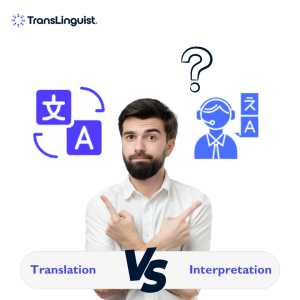The most prevalent type of captioning is closed captions. The CC sign is used to identify them. Closed captions allow the user to have more control because they may be turned on and off. The captions are prepared as a separate file that plays on top of the stream as a layering. Users can choose from a variety of file formats depending on the platform they want to use.
Closed captions by AI Live captioning gives real-time access to spoken conversation that is presented on a screen. Closed captioning is a time-consuming and resource-intensive operation. Content providers can use IBM’s automatic caption services. This means being able to instruct artificial intelligence (AI) to produce high-quality, consistent caption sequences at scale. To incorporate verbal and audio parts of video information, they use speech recognition skills. AI can help you create high-quality, accurate closed captions. Also, use a clever layout technique to build subtitles that separate caption cues at natural breaking places, resulting in improved readability.
Comprehensive caption editors, Powerful search capabilities to assist customers find & manage content, Multiplatform compatibility, and automatic subtitling, synchronization, and QC of captioned documents are among the main features. SCC, SRT, MCC, and STL are some of the formats supported. Burned-in subtitles or 608/708 captions included in video exports Consumers, teams, and business customers will benefit from this product. County and national legislative bodies have been incorporating multimedia into their proceedings, which is encouraging. This involves live-streaming and preserving meetings, such as committee hearings or interim task force briefings, and making them publicly available. As a result, they’ve been increasing community engagement through increased participation while also updating methods. However, if more government agencies adopt video, a problem of accessibility may arise. The idea of offering closed captions on content to make it more inclusive, which could be pricey, is particularly appealing.
Nonetheless, there are compelling reasons to caption video. One is to limit the number of students who can view, comprehend, and appreciate the content, such as blind or hard of hearing persons. The capability to train artificial intelligence is critical to its capacity to create progressively effective closed captions. This is accomplished by relying on the assumption that categories and identities will appear in content from the same government agency.




